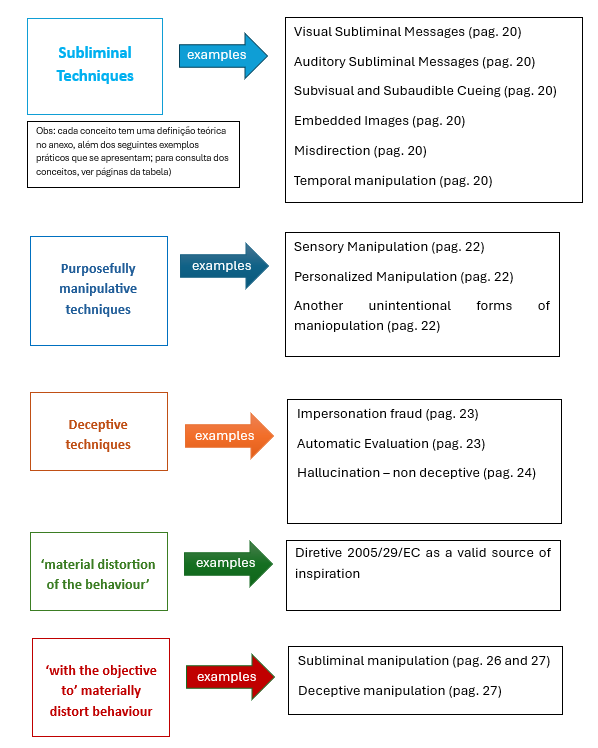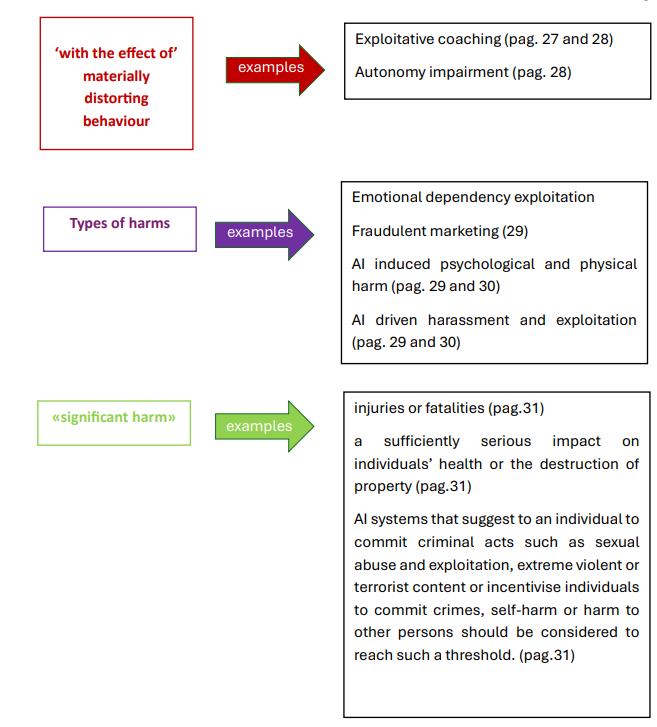07.02.2025
Practice Areas: Intellectual Property and Information Technology
European Commission presents Draft Guidelines on Prohibited Practices of Artificial Intelligence
On February 4th, the European Commission presented the first draft of the Guidelines on Prohibited Practices of Artificial Intelligence, provided for in Regulation 2024/1689 (commonly known as the “AI Act” or Artificial Intelligence Regulation).
The AI Act was published in the Official Journal of the European Union on July 12, 2024, and reflects the great evolution and centrality that the various Artificial Intelligence systems have been occupying in contemporary society. The Regulation has a dual mission: to regulate the harmful effects of AI systems in the EU and to promote innovation.
The Regulation establishes a risk-based approach:
- The prohibition of certain practices considered inadmissible (Article 5 – prohibited uses);
- The classification of AI systems according to their level of risk, imposing specific obligations for high-risk systems (Article 6), as well special transparency obligations for certain AI systems (Article 50) and general purpose AI models.
Article 5 and the need for practical guidelines
Article 5 of the Regulation sets out prohibited practices and their exceptions. However, it does not provide guidance on the practical implementation of these provisions. Instead, pursuant to Article 96/1/c of the AI Act, the responsibility for drafting such guidelines is delegated to the European Commission.
In this context, approximately six months after the AI Act entered into force (August 1, 2024) and just days after the applicability of its first provisions (February 2, 2025), the Commission presented the first draft of the Guidelines to clarify the practical implementation of Article 5.
It is important to recall that Article 5 establishes the following prohibited uses of AI:
Article 5º/1/a – Harmful manipulation, and deception
Article 5º/1/b – Harmful exploitation of vulnerabilities
Article 5º/1/c – Social scoring
Article 5º/1/d – Individual criminal offence risk assessment and prediction
Article 5º/1/e – Untargeted scraping to develop facial recognition databases
Article 5º/1/f – Emotion recognition
Article 5º/1/g – Biometric categorization
Article 5º/1/h – Real-time remote biometric identification (‘RBI’)
Thus, the Draft provides specific information for each prohibited use, with the following structure bellow:
(General) organization of the Annex regarding prohibited uses (art. 5/1):

In addition to the in-depth analysis of prohibited uses, these Guidelines also provide essential guidance on the exceptions to prohibited uses (set out in Article 5/2 to 8).
Conclusion:
Although not yet a final version, this document represents a significant step towards the feasibility and precision of the practical application of the AI Act. The publication of these Guidelines will contribute to greater legal certainty in the application of Article 5.
Examples given by the Commission regarding (Article 5º/1/a)


















































